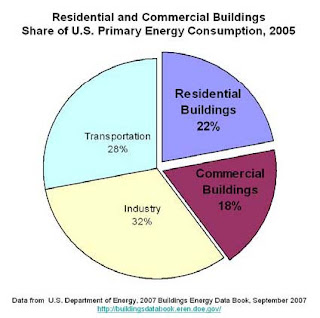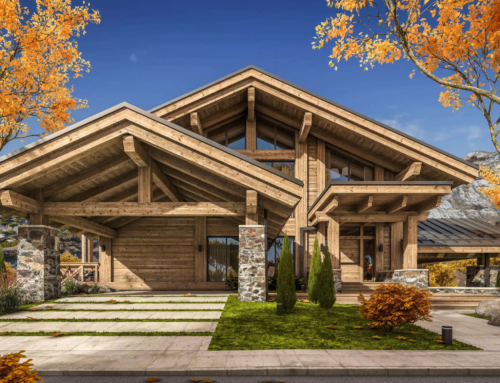Return to Nature of Home – I
The Nature of Home – II
Originally published Sunday, July 19, 2009

To put that in perspective, the market value of all New York Stock Exchange listed stocks at that time was about $11 trillion. The total value of all stocks traded made it to almost $16 trillion. $6.9 trillion in assets were held by commercial banks and the country’s annual economic output was about $10 trillion.
Since then, in the recent collapse of real estate values, some estimate close to $5 trillion in value has been lost – equivalent to almost half the value of all public company’s listed by the NYSE. 
For most of us, buying a home is the single biggest investment of our lives. Roughly forty-four per cent of ALL wealth in the United States exists in the form of residential real estate.
Here is another interesting fact. The top source of consumer complaints by industry is – guess what – home improvement. Home improvement is also the largest highly fragmented market in the American economy. Can you think of a single name brand provider? You know suppliers and manufacturers like Home Depot, Sears and Pella – but can you think of a single branded remodeling contractor or custom home builder?
Unlike the factory style construction process used by large production home builders, most remodeling and high end custom homes are done by small local builders.
So why is that? Why hasn’t some huge national builder created a franchise in this massive industry. After all, residential construction is a bigger market than domestic oil and mining combined! Where is the home improvement McDonalds or Best Buy?
The reasons are complex and varied – just like the projects involved – but two of the biggest ones are that consumers don’t know how to deal with money effectively. And professionals don’t know how to deal with clients that don’t know what they want – but think they do.
I have been working with clients for over thirty years in these industries and I have come to accept the fact that when it comes to an emotional project like a home, clients lose their minds! Stable marriages topple like palm trees in the hurricane of home improvement. Pleasant, cooperative homemakers turn into Machiavellian harpies, combating husbands who vow to fight to the death on the ramparts of their own financial Alamos.

When people begin the process of designing a new home, they forget the basic laws of economics. I long ago discovered that when customers who were over budget came to my office to “trim the fat,” they were actually going to add a Jacuzzi, upgrade the ceramic tile, change the plastic laminate counter tops to granite…and then expect the price to drop.
The simple fact is that the only people who can effectively manage their money when it comes to such projects are those who simply don’t have the money to spend. Every client I have wants more home than they want to pay for – and has a hard time accepting that the arbitrary budget they made up had nothing to do with the actual cost of construction.

That’s why there are no large franchises in the remodeling services business. It is very hard to make money when all your clients expect you to read their minds – then to design and build a home for a number they made up out of thin air.
No one in architecture or construction has ever truly beaten that problem.Those are two reasons why at Truehome, we think wellness pros and designers need to team up. If our homes are in our heads – then we need to take human nature into account when we develop our design criteria.





